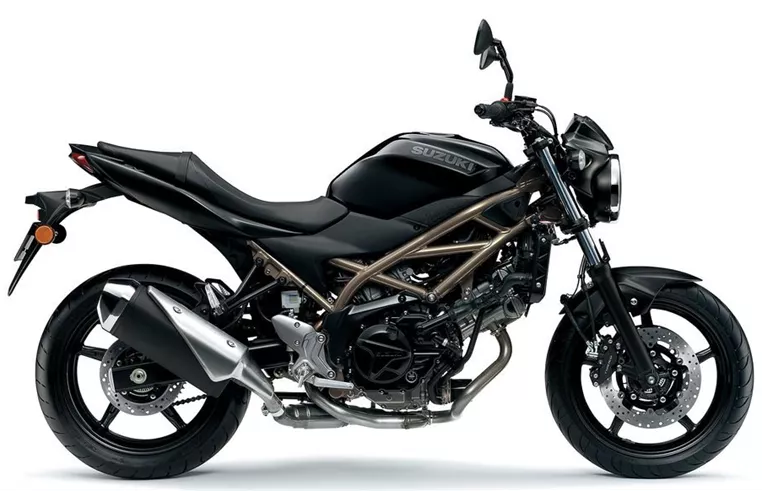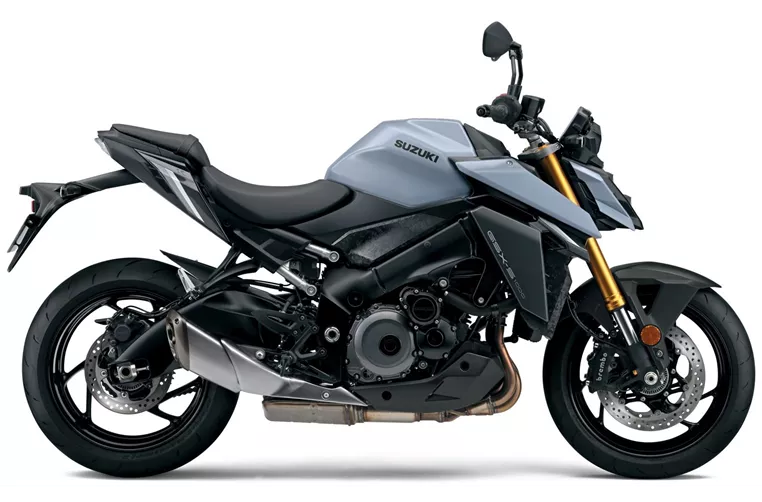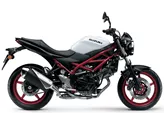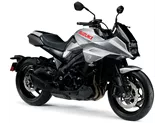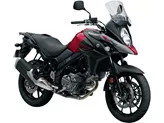Suzuki SV 650 2021 vs. Suzuki GSX-S1000 2022
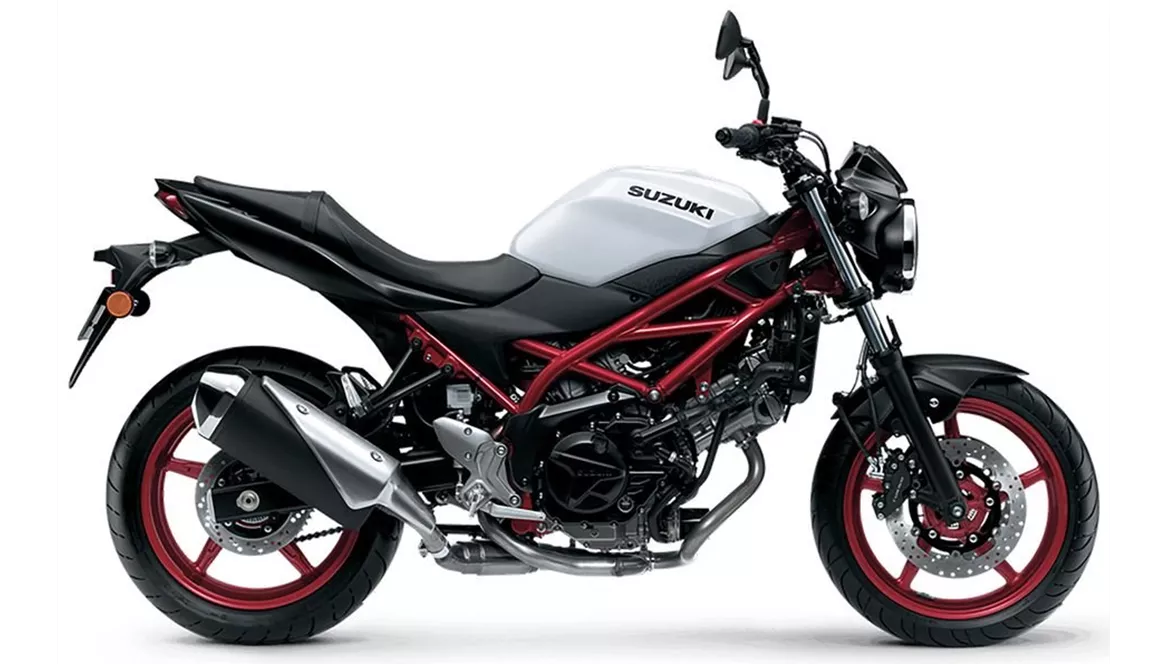
Suzuki SV 650 2021

Suzuki GSX-S1000 2022
Vue d’ensemble - Suzuki SV 650 2021 vs Suzuki GSX-S1000 2022
The Suzuki SV 650 2021 and the Suzuki GSX-S1000 2022 are both naked bikes from Suzuki, but they have some notable differences in terms of their technical specifications and strengths.
Starting with the engine and drive train, the SV 650 2021 is equipped with a V2 engine that produces 73 HP of power and 64 Nm of torque. On the other hand, the GSX-S1000 2022 features an in-line 4-cylinder engine that delivers a more powerful 152 HP of power and 106 Nm of torque. This makes the GSX-S1000 significantly more powerful than the SV 650.
In terms of suspension, both bikes have a swing arm rear suspension with a monoshock. However, the SV 650 has a telescopic fork front suspension with preload adjustment, while the GSX-S1000 has an upside-down telescopic fork front suspension with compression, preload, and rebound adjustment. This indicates that the GSX-S1000 offers more advanced suspension features and adjustability.
When it comes to the chassis, the SV 650 has a steel frame, while the GSX-S1000 has an aluminum frame. The aluminum frame of the GSX-S1000 is considered to be more lightweight and rigid, which can contribute to better handling and maneuverability.
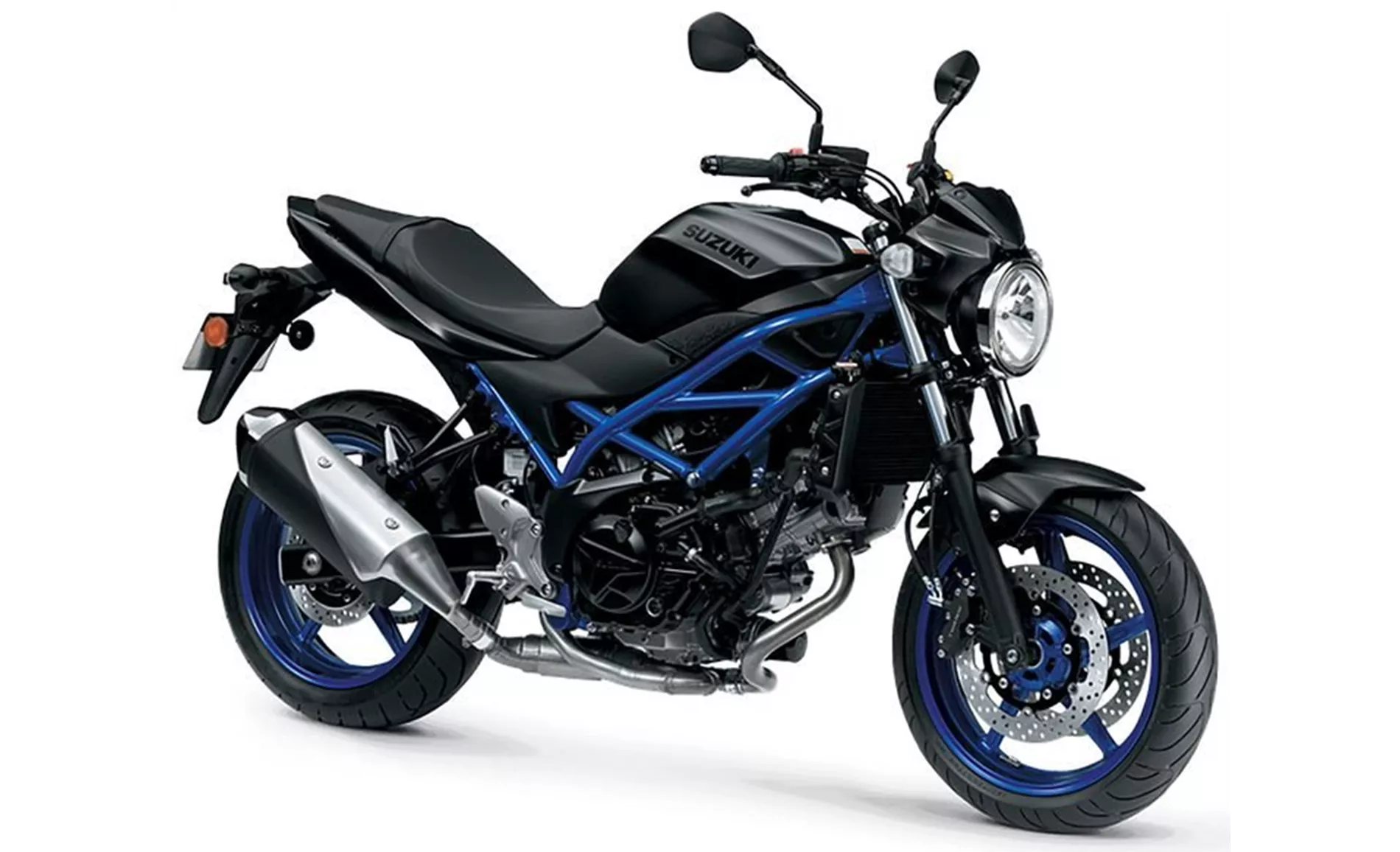
Suzuki SV 650 2021
In terms of braking, both bikes have double disk front brakes with four-piston calipers. The diameter of the front brakes is larger on the GSX-S1000, measuring 310 mm compared to the 290 mm on the SV 650. This suggests that the GSX-S1000 may offer better braking performance.
In terms of rider assistance systems, both bikes are equipped with ABS. However, the GSX-S1000 offers more advanced rider assistance systems, including riding modes, ride by wire, and a shift assistant with a blipper. The SV 650 lacks these additional features, indicating that the GSX-S1000 may provide a more technologically advanced riding experience.
In terms of dimensions and weights, the GSX-S1000 has a slightly longer wheelbase and a higher seat height compared to the SV 650. The GSX-S1000 also has a larger fuel tank capacity, which may result in a longer range. However, the SV 650 is lighter in terms of kerb weight, which can contribute to easier handling and maneuverability.
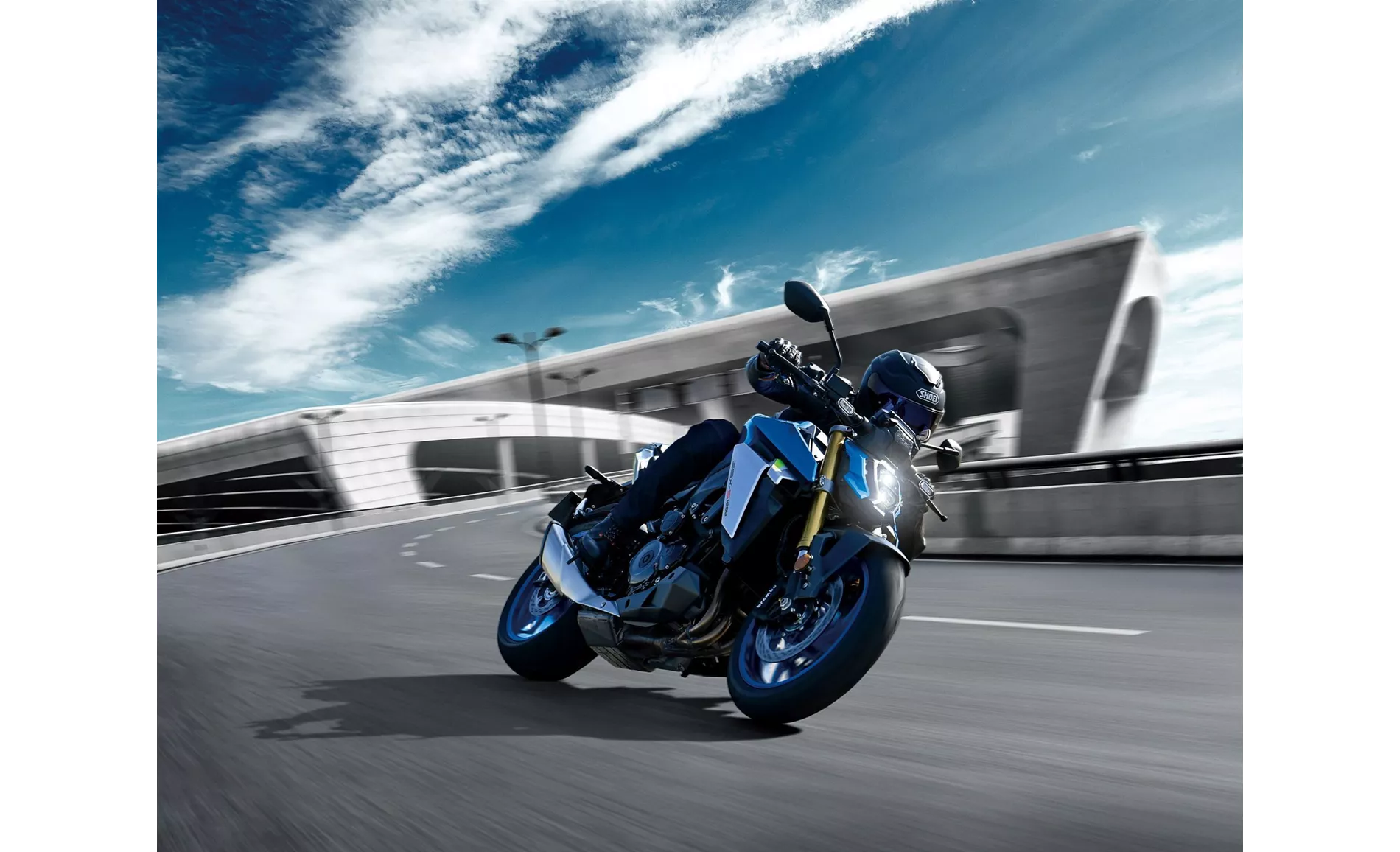
Suzuki GSX-S1000 2022
In terms of fuel consumption, the SV 650 has a combined fuel consumption of 4.1 l/100km, while the GSX-S1000 has a higher combined fuel consumption of 6.1 l/100km. This suggests that the SV 650 may be more fuel-efficient.
In terms of strengths, the SV 650 is praised for its confident V2 powerplant with character, stable chassis, comfortable seating position, easy handling, and timeless look. On the other hand, the GSX-S1000 is highlighted for its superior engine, excellent shift assistant including blipper, balanced handling, bold design, comfortable seating position, and very good price.
However, both bikes have some weaknesses. The SV 650 lacks comprehensive electronics and only has ABS as its rider assistance system. The instruments on the SV 650 are also considered moderately readable. Similarly, the GSX-S1000's electronics package is not very comprehensive, lacking a 6-axis IMU and cornering ABS. The instruments on the handlebars of the GSX-S1000 are also considered somewhat antiquated and not particularly easy to read.
In conclusion, the Suzuki SV 650 2021 and the Suzuki GSX-S1000 2022 offer different levels of performance, features, and technologies. The GSX-S1000 is more powerful and offers more advanced rider assistance systems, while the SV 650 is praised for its stable chassis, comfortable seating position, and easy handling. Ultimately, the choice between the two will depend on the rider's preferences and priorities.
Caractéristiques techniques Suzuki SV 650 2021 par rapport à Suzuki GSX-S1000 2022
Avantages et inconvénients en comparaison
Avantages et inconvénients en comparaison
Suzuki SV 650 2021
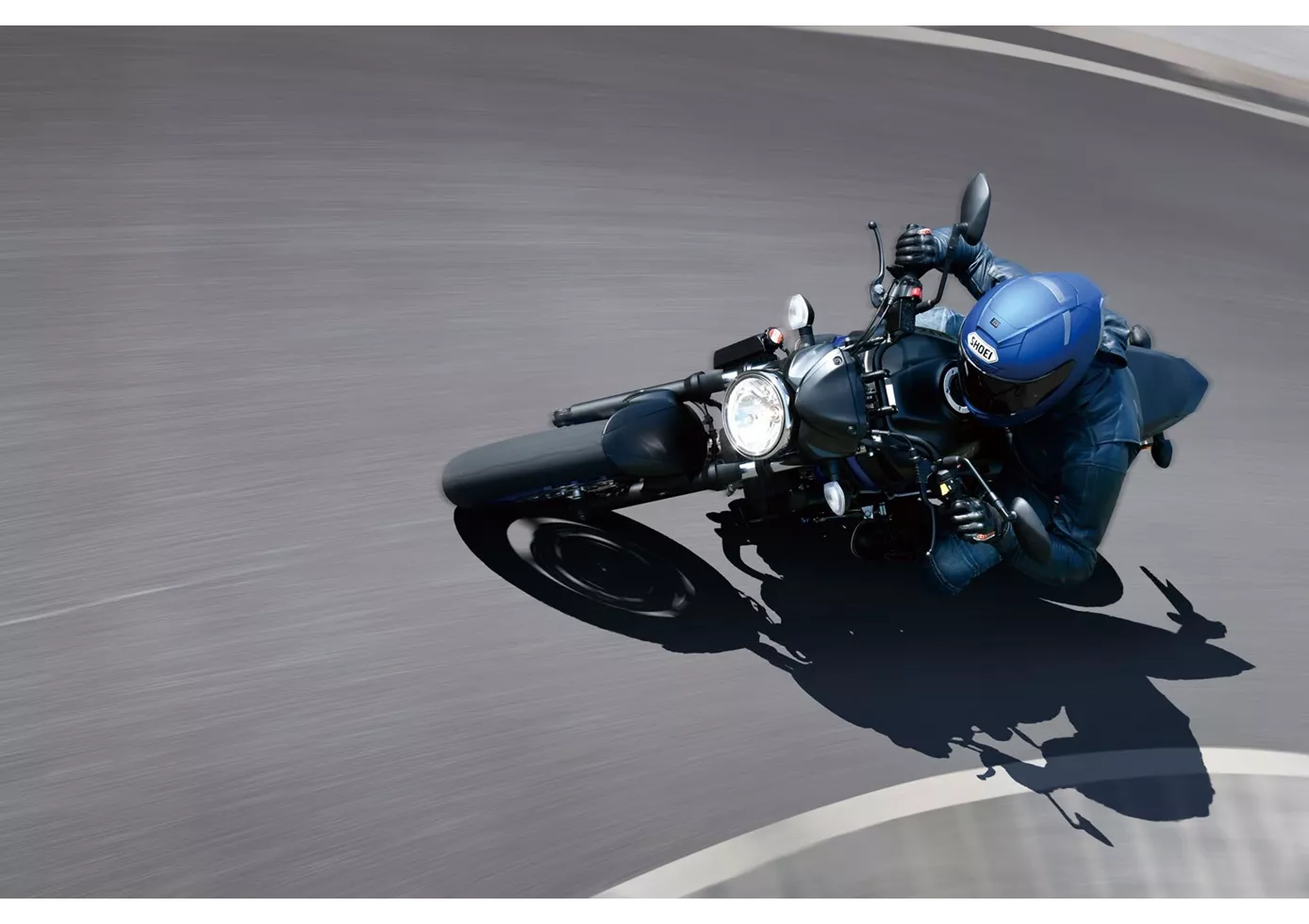
La Suzuki SV 650 n'a pas beaucoup évolué depuis cinq ans par rapport à son prédécesseur. Le moteur a été mis à jour selon la norme Euro5 et se présente désormais de manière encore plus adulte, ce qui lui permet de s'intégrer parfaitement au reste du package. La SV 650 ne veut effrayer personne, surtout pas les débutants. Le châssis donne une impression de solidité et de sérénité, le frein demande une bonne force manuelle pour éviter un surfreinage inattendu. L'optique est d'une part intemporelle, mais d'autre part vraiment un peu dépassée sur certains composants. En revanche, le prix est correct, comme d'habitude chez Suzuki.
Suzuki GSX-S1000 2022
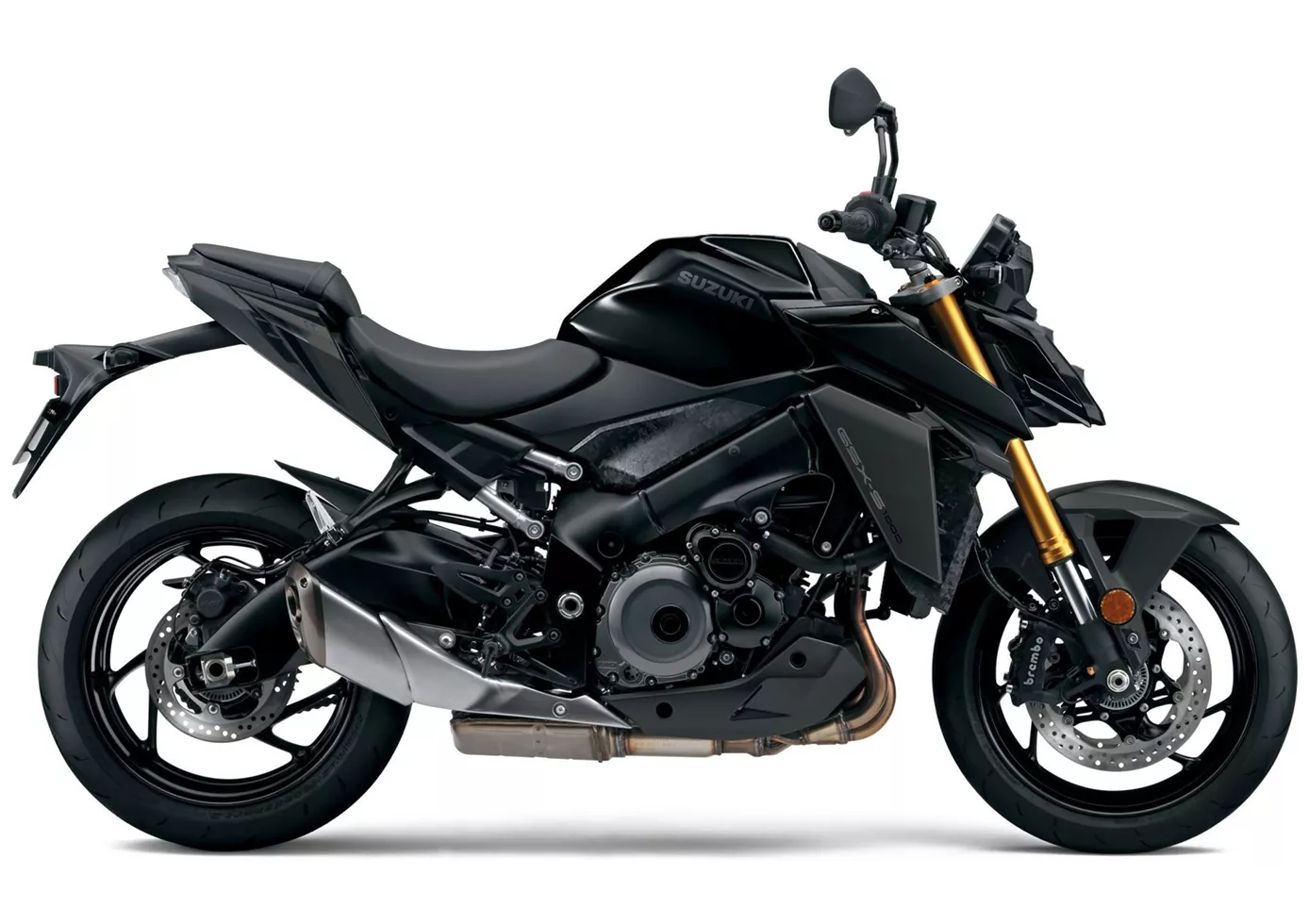
La structure de base de la nouvelle GSX-S1000 est une vieille connaissance - le moteur et le châssis proviennent toujours de la précédente. Cependant, la machine a été modernisée dans de nombreux domaines et se présente surtout visuellement à un niveau extrêmement élevé. Le moteur ne peut certes pas jouer dans la ligue des hyper-nakeds super-puissants, mais il fonctionne de manière très harmonieuse et suffisamment puissante. Le châssis conventionnel est également un bon compromis entre sportivité et confort. Les arguments de poids sont définitivement le design réussi, le Quickshifter de série avec blipper et enfin le prix relativement bas.
Comparaison des prix Prix moyen du marché Suzuki SV 650 vs Suzuki GSX-S1000
There are a few key differences between a Suzuki SV 650 2021 and a Suzuki GSX-S1000 2022. In terms of price, the actual average price of a Suzuki GSX-S1000 2022 is about 116% higher. A Suzuki SV 650 2021 experiences a loss of 130 USD in one year of ownership. This is offset by a loss of 1,510 USD for a Suzuki GSX-S1000 2022. Compared to Suzuki GSX-S1000 2022 there are less Suzuki SV 650 2021 bikes available on the 1000PS.de Marketplace, specifically 13 compared to 28. It takes less time to sell a Suzuki SV 650 with 111 days compared to 130 days for a Suzuki GSX-S1000. Since model year 2005 1000PS.de editors have written 25 reviews for the Suzuki SV 650 and 36 reviews for the Suzuki GSX-S1000 since model year 2015. The first review for the Suzuki SV 650 was published on 9/26/2008 and now has more than 14,200 views. This compares to more than 17,100 views for the first review on Suzuki GSX-S1000 published on 9/27/2014.
